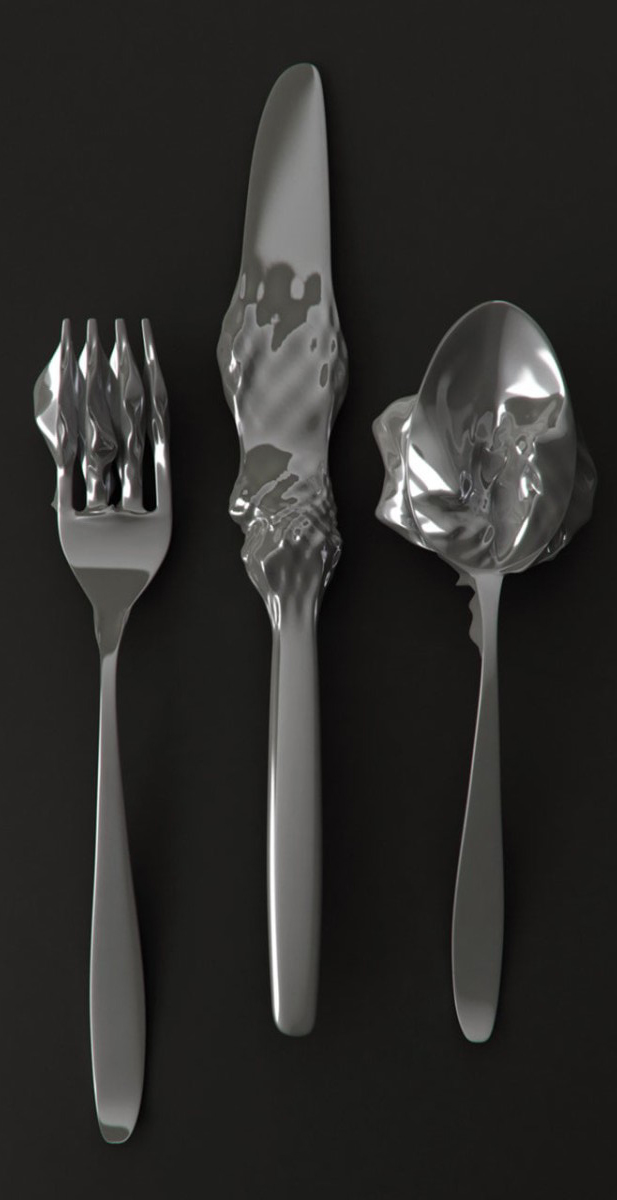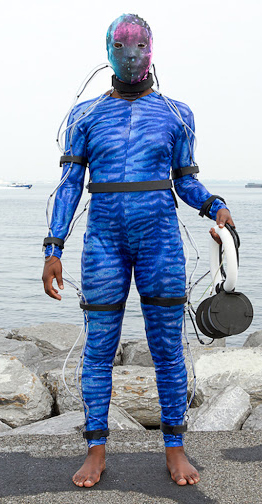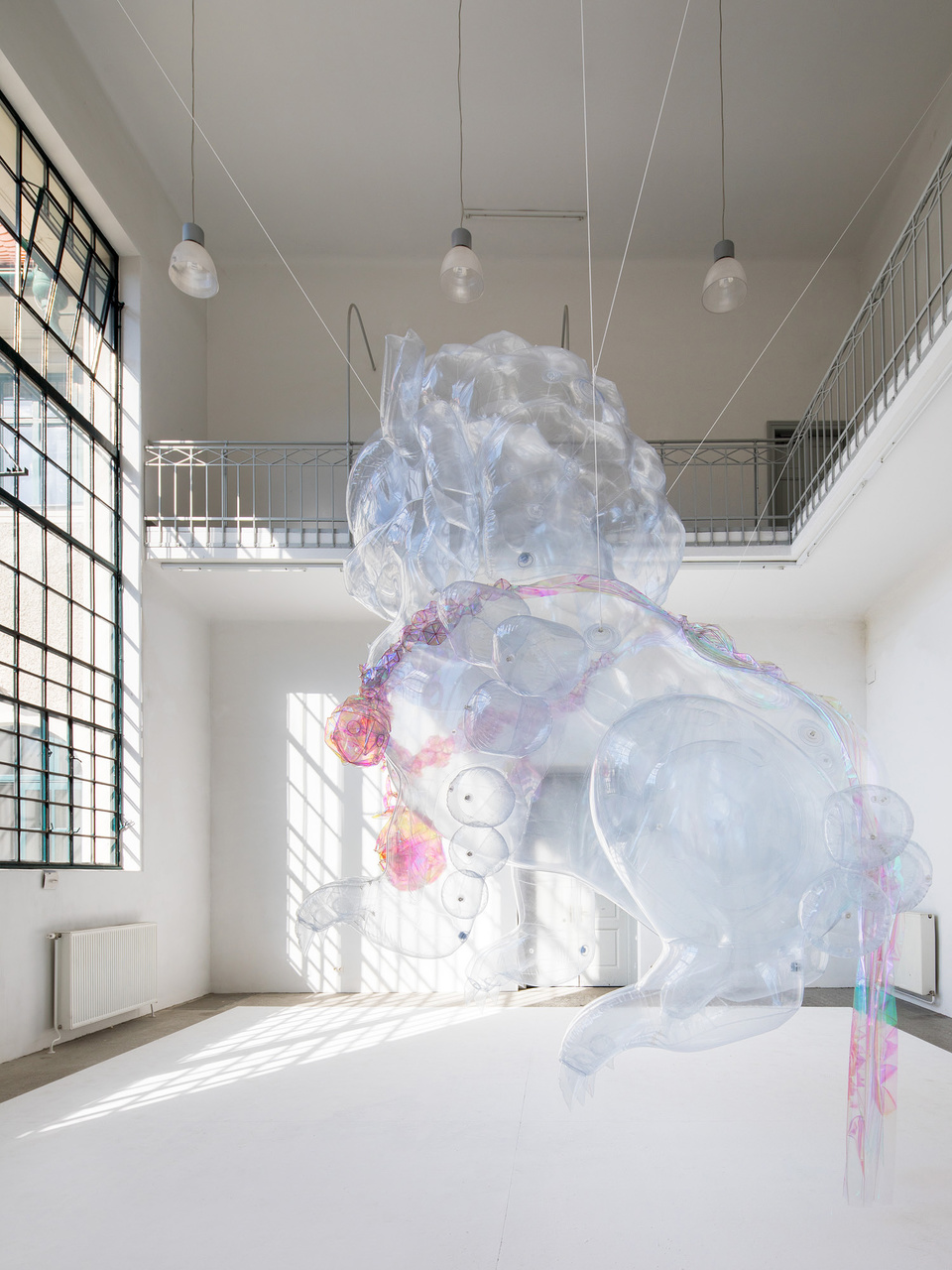
Kenny Wong
Squint
file festival
I was inspired by how the sunlight bounces around in our artificial forest.
“Squint” is a kinetic light installation consisting of 49 mirrors that reflect lights in a bright space. The mirrors track and reflect lights on audiences’ face with composed patterns of movements. It extends the generated perception by focusing on how lights pass across our visual senses physically, and combines with our perception of images through flickering. “Squint”, which extracts various daily experiences to an abstraction brings the audience to expand their interpretation of lights and perceived imagination into a non-linear experience.
“Squint” simulates light source and intentionally shines lights on audience’s faces. Bright light is projected in the gallery, a clean bright space.
Everyday people are dynamically moving around in the city. Sunlight reflects and flickers even when it is indirect and hidden behind the artifacts. While we are traveling, we are experiencing motion. We are also experiencing the shift of light intensity, visual patterns and textures. The varieties of light forms inspire the artist to explore the potential of light textures, select and sort out the combined complexity in urban space. The artist turns them into a minimal form of light experience, while maximizing its diversity of perception.









